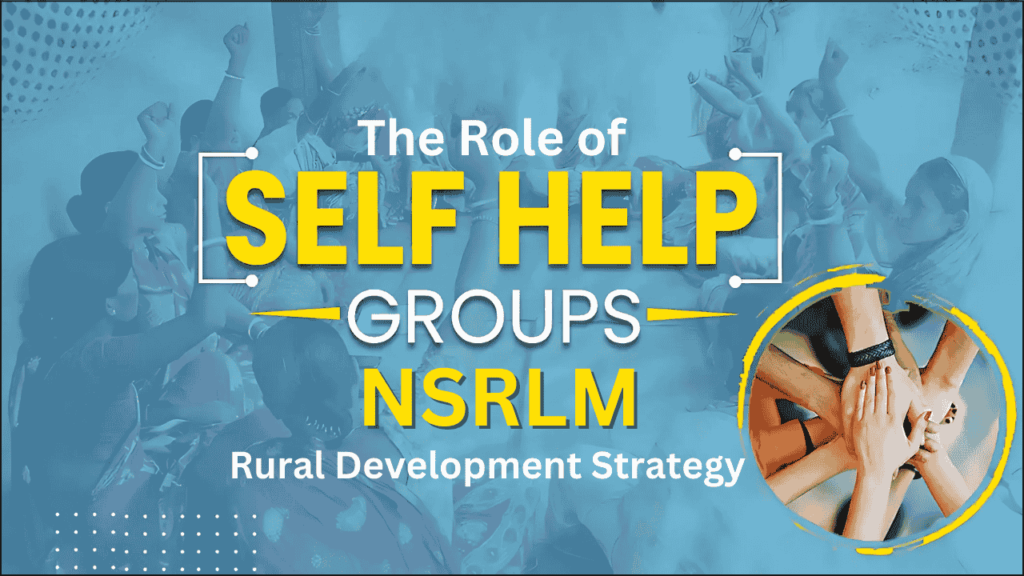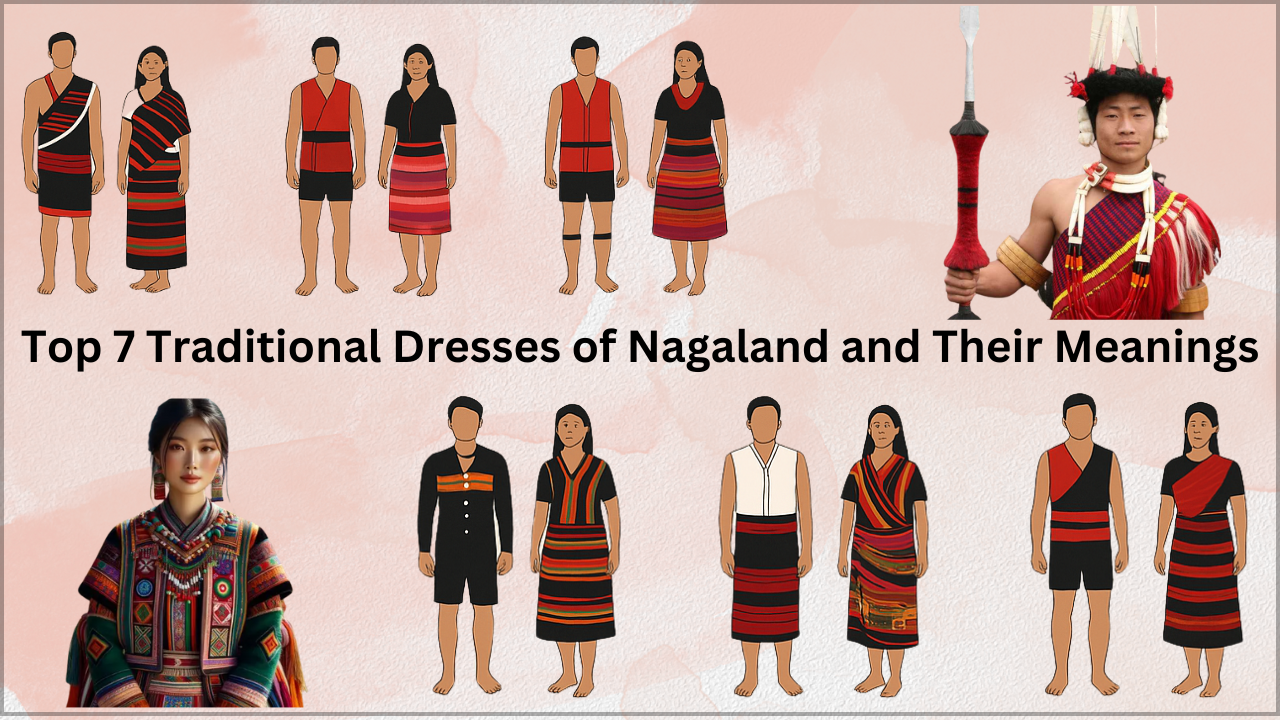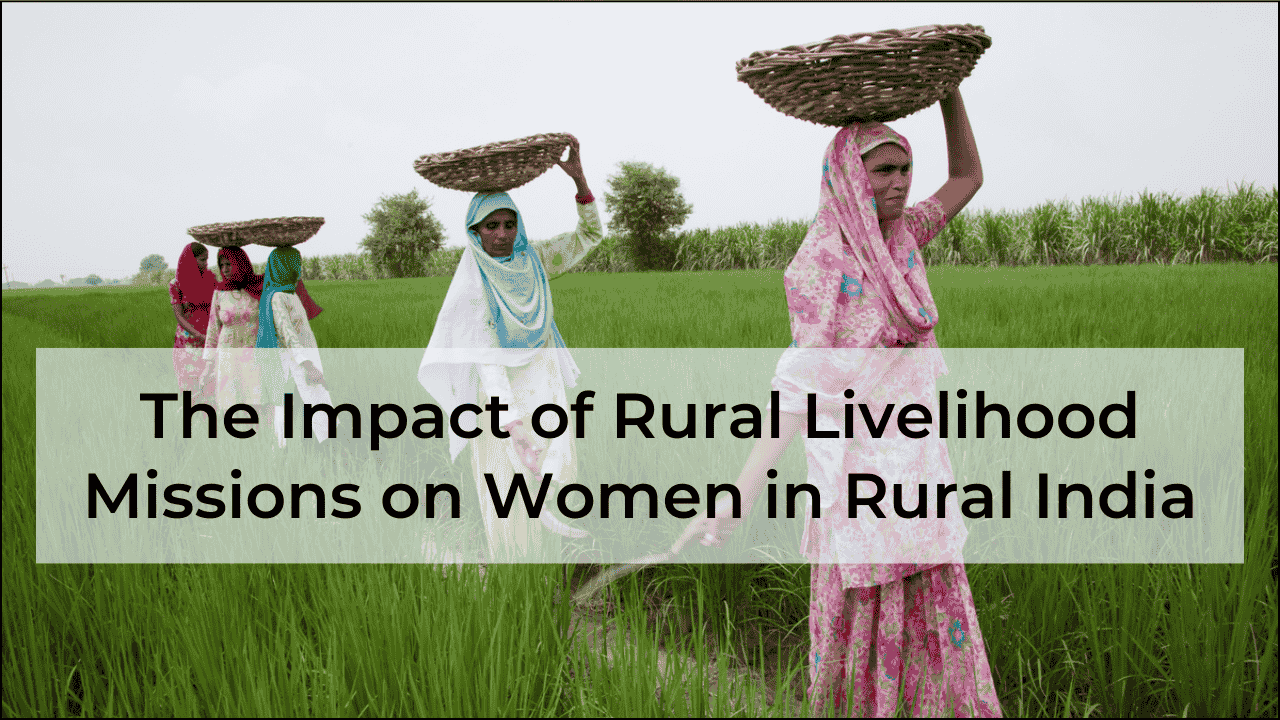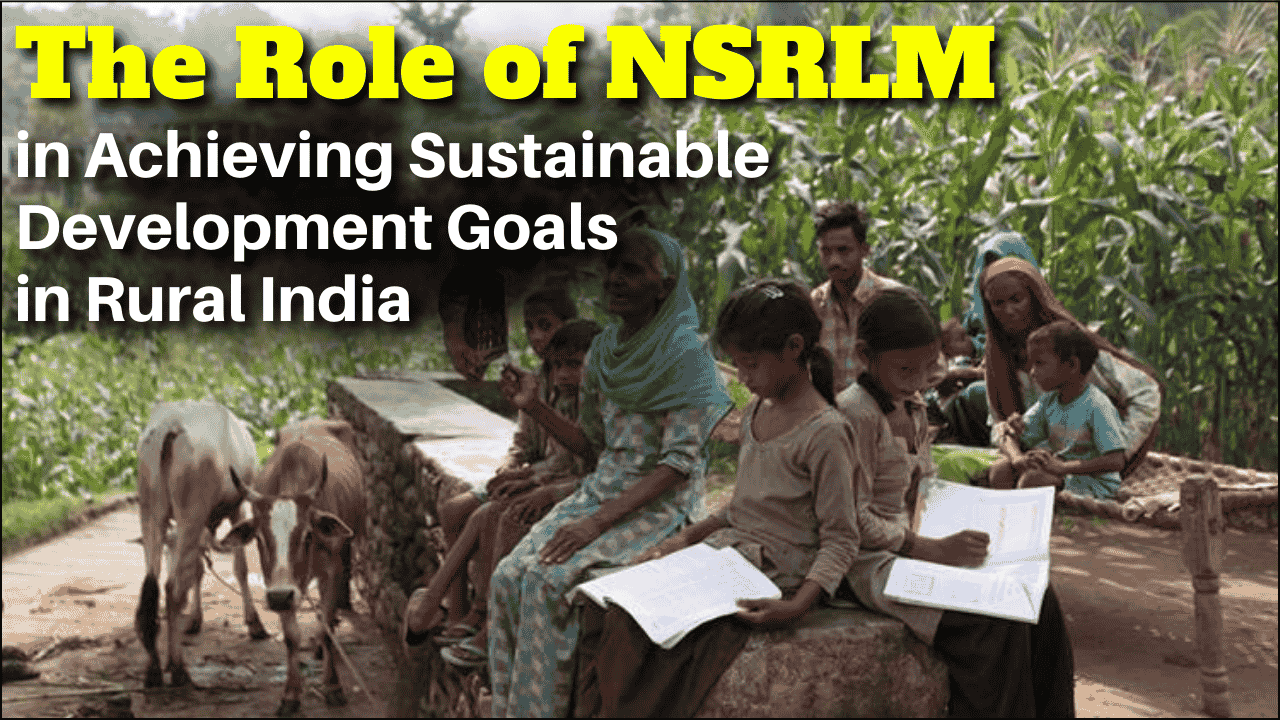
In the immense landscape of rural India, a quiet revolution is taking place through Self-Help Groups (SHGs). These community-based organizations are empowering millions of women, creating economic opportunities, and transforming lives across the country. Recent data from February 2025 reveals the impressive scale and impact of these initiatives.
What are Self-Help Groups?
Self-help groups are small voluntary associations of people from similar socio-economic backgrounds who come together to find solutions to common problems. In India, SHGs primarily consist of women who pool their savings and make loans to members. Beyond financial activities, these groups provide a platform for social empowerment, skill development, and community action.
Key Government Initiatives Supporting SHGs
The Ministry of Rural Development (MoRD) implements two major schemes that work with SHGs:
- Deendayal Antyodaya Yojana–National Rural Livelihoods Mission (DAY-NRLM): Launched in 2011, this program aims to bring at least one woman from each rural poor household into SHGs and support them in starting economic activities.
- Mahatma Gandhi National Rural Employment Guarantee Act (MGNREGA): Under this program, SHG members participate in planning works through Gram Sabha projects, act as Social Auditors, and serve as worksite supervisors. Women’s SHG Federations are increasingly becoming Project Implementing Agencies at various administrative levels.
Impressive Growth and Reach
As of January 31, 2025, DAY-NRLM has achieved remarkable results:
- Approximately 10.05 crore (100.5 million) women’s households mobilized
- 90.90 lakh (9.09 million) Self-Help Groups formed across the country
Sub-Schemes Under DAY-NRLM
The mission operates several specialized sub-schemes:
- Mahila Kisan Sashaktikaran Pariyojana (MKSP): Focuses on women farmers
- Start-up Village Entrepreneurship Programme (SVEP): Supports rural entrepreneurs
- National Rural Economic Transformation Project (NRETP): Aims for broader economic change
- Deendayal Upadhyay Gramin Kaushalya Yojana (DDU-GKY): Provides skills training
- Rural Self Employment Training Institutes (RSETI): Offers entrepreneurship development
Core Components of the Mission
DAY-NRLM works through four essential components:
- Social mobilization and creating sustainable community institutions (SHGs, Village Organizations, Cluster Level Federations)
- Financial inclusion
- Sustainable livelihoods
- Convergence and entitlements
The mission has set an aspirational goal for SHG members to achieve an annual income of at least one lakh rupees (Rs.100,000). To track progress, a mobile application has been developed to survey the income and activities of SHG households.
Digital Marketing Initiatives for SHG Products
To help SHG members market their products nationally and internationally, several digital partnerships have been established:
- SARAS Collection: A dedicated storefront on Government e-Marketplace (GeM)
- E-commerce partnerships: Agreements with major platforms like:
- Flipkart (Samarth programme) – November 2021
- Amazon (Saheli initiative) – May 2022
- Patanjali – November 2022
- Meesho – February 2023
- Jio Mart (Reliance Retail) – December 2023
- Dedicated e-commerce platform: www.esaras.in launched specifically for SHG products
- State-level initiatives: Several states have developed their own e-commerce platforms for SHG products
State-wise Distribution of SHGs
The distribution of SHGs across India shows interesting patterns, with some states having exceptionally strong participation:
| Sl No | State | SHGs formed | Households Mobilized |
|---|---|---|---|
| 1 | Andhra Pradesh | 855,600 | 9,075,289 |
| 2 | Assam | 361,516 | 4,111,020 |
| 3 | Bihar | 1,097,100 | 12,713,428 |
| 4 | Chhattisgarh | 276,375 | 3,068,427 |
| 5 | Gujarat | 279,758 | 2,783,006 |
| 6 | Jharkhand | 291,601 | 3,589,607 |
| 7 | Karnataka | 360,684 | 4,207,374 |
| 8 | Kerala | 271,209 | 4,002,478 |
| 9 | Madhya Pradesh | 487,291 | 5,829,972 |
| 10 | Maharashtra | 640,719 | 6,525,549 |
| 11 | Odisha | 551,141 | 5,775,035 |
| 12 | Rajasthan | 321,875 | 3,804,161 |
| 13 | Tamil Nadu | 336,764 | 4,023,939 |
| 14 | Telangana | 442,979 | 4,820,573 |
| 15 | Uttar Pradesh | 842,101 | 9,509,884 |
| 16 | West Bengal | 1,192,980 | 12,251,533 |
| 17 | Haryana | 60,301 | 629,094 |
| 18 | Himachal Pradesh | 45,295 | 378,542 |
| 19 | Jammu & Kashmir | 91,445 | 797,805 |
| 20 | Punjab | 52,118 | 543,246 |
| 21 | Uttarakhand | 65,840 | 497,777 |
| 22 | Arunachal Pradesh | 11,730 | 91,964 |
| 23 | Manipur | 11,538 | 117,457 |
| 24 | Meghalaya | 45,312 | 444,264 |
| 25 | Mizoram | 10,291 | 85,934 |
| 26 | Nagaland | 15,419 | 135,261 |
| 27 | Sikkim | 5,915 | 56,675 |
| 28 | Tripura | 51,841 | 494,675 |
| 29 | Andaman & Nicobar Islands | 1,294 | 13,194 |
| 30 | Goa | 3,891 | 50,735 |
| 31 | Ladakh | 1,745 | 12,230 |
| 32 | Lakshadweep | 348 | 4,363 |
| 33 | Puducherry | 4,744 | 59,714 |
| 34 | Daman DIU and NH | 1,645 | 16,674 |
| | Total | 9,090,405 | 100,520,879 |
Over 50% of India’s Self-Help Groups are found in just five states: West Bengal, Bihar, Uttar Pradesh, Andhra Pradesh and Maharashtra, showing clear differences in how these groups have taken root across regions.
Regional Insights: Top Performers and Emerging Areas
Leading States
West Bengal and Bihar stand out with the highest numbers of both SHGs and mobilized households. West Bengal has formed nearly 1.2 million SHGs, while Bihar has mobilized the most households at 12.7 million.
Southern states like Andhra Pradesh, Telangana, Karnataka, and Tamil Nadu have all formed substantial numbers of SHGs, showing strong participation across the South.
Northeastern Region
The Northeastern states have shown varying levels of SHG formation:
- Tripura leads with 51,841 SHGs
- Meghalaya has formed 45,312 SHGs
- Other states like Nagaland, Manipur, and Arunachal Pradesh have formed between 10,000-15,000 SHGs
Union Territories
Union Territories naturally have smaller numbers due to their size, with Jammu & Kashmir (91,445 SHGs) being the exception as it has recently transitioned from state status.
Impact Beyond Numbers
While the statistics are impressive, the real impact of SHGs goes beyond numbers. These groups have:
- Improved access to credit for millions of women who were previously excluded from formal banking
- Enhanced financial literacy and savings habits in rural communities
- Created platforms for women to develop leadership skills and voice their concerns
- Developed entrepreneurial capabilities through collective action
- Reduced dependency on predatory moneylenders
- Strengthened social bonds within communities
Challenges and Future Directions
Despite their success, SHGs face several challenges:
- Ensuring sustainability beyond initial government support
- Scaling up economic activities to provide meaningful income
- Building stronger market linkages for SHG products
- Addressing regional disparities in SHG formation and effectiveness
- Leveraging technology while ensuring inclusivity
In Summary
Self-Help Groups represent one of India’s most successful models for grassroots development and women’s empowerment. By combining financial inclusion, skill development, and collective action, they are creating pathways out of poverty for millions of rural households.
As the data from early 2025 shows, the reach of these initiatives continues to expand, bringing more women into the fold of economic activity and social empowerment. The ongoing partnerships with e-commerce platforms and digital marketing initiatives promise to further enhance the market access for SHG products, potentially transforming these community-based organizations into sustainable enterprises that can compete in the modern economy.
The journey of India’s SHGs demonstrates how locally-rooted, women-led initiatives can drive meaningful change when supported by appropriate government policies and market linkages. As these groups continue to evolve, they may well become one of the most important vehicles for inclusive rural development in the country.



